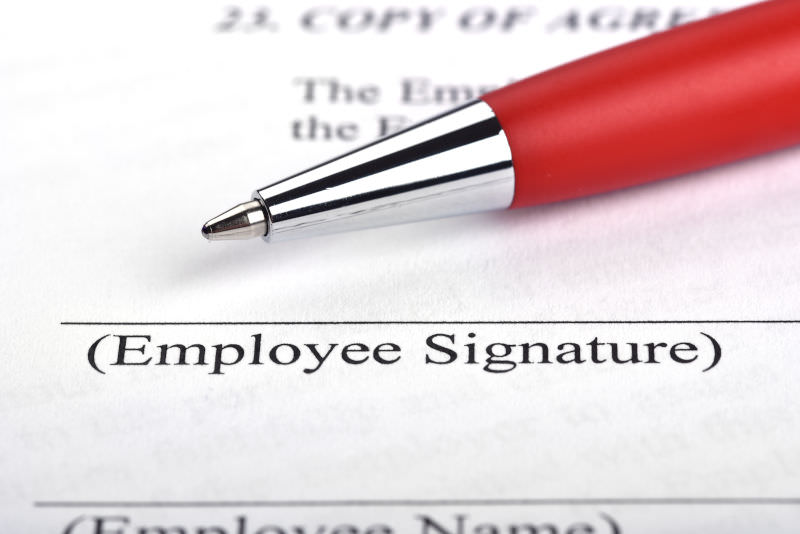We’re cautiously optimistic that a recent decision by the Employment Appeals Tribunal (EAT), in Efobi v Royal Mail Ltd, will make it a little easier for claimants arguing that they have been the victim of direct discrimination. This is down to a subtly but important shift in the burden of proof and how it works in direct discrimination claims. As employment law solicitors, primarily acting for claimants who have suffered discrimination, this is good news.
The ‘shifting burden of proof’ before Efobi
You might think that proving direct discrimination – being treated differently (in a negative sense) because of one of the so called ‘protected characteristics’ – age, sex, race, disability, marriage or civil partnership, gender reassignment, religion or belief, sexual orientation – would be straightforward. In fact, many claimants find it quite tough, and that’s got a lot to do with what is referred to as the ‘shifting burden of proof’.
Developed in the case of Igen v Wong, the Court of Appeal restated the correct approach to s 63A of the Sex Discrimination Act 1975, which dealt with the burden of proof, was a 2-stage test. The first step was for the Claimant to establish facts from which the Employment Tribunal could conclude, in the absence of an adequate explanation, that the respondent (usually employer) had committed an act of unlawful discrimination against the claimant. At that point, the burden of proof shifted to the respondent employer to provide an explanation for the treatment.
The difficulty with this approach for a claimant was that it would often be difficult to obtain the evidence needed to establish these facts. The respondent employer would be in possession of all the potential evidence; it would be very unlikely to find a respondent witness who would openly admit that his or her treatment of a claimant would be because of a protected characteristic. An Employment Tribunal could draw inferences, but ultimately, it was for the claimant to prove the primary facts which point to their being discrimination.
What has changed?
In 2010, the Equality Act repealed the Sex Discrimination Act 1975, and consolidated the various pieces of equality legislation in the UK. Crucially, the burden of proof test is now included in section 136 of the Equality Act, and is worded differently to the old s63A. The provision is now worded as follows:
136 Burden of proof
(1)This section applies to any proceedings relating to a contravention of this Act.
(2)If there are facts from which the court could decide, in the absence of any other explanation, that a person (A) contravened the provision concerned, the court must hold that the contravention occurred.
(3)But subsection (2) does not apply if A shows that A did not contravene the provision.
It’s worth noting at this point that this test applies to direct discrimination across the board – the case in point, Efobi – was a race discrimination claim.
Still a 2-stage test, but the subtle shift in the wording at s136(2) is important – there is no suggestion that it is for the Claimant to prove the facts, it is simply necessary that ‘there are facts’. The EAT noted that the Explanatory Notes for the legislation referred to the responsibility being on the claimant to establish sufficient facts. However, it went on to consider that the Explanatory Notes only reflect one Government’s interpretation of the legislation. What is important is the text of the legislation itself. On that basis, there is no burden on the Claimant to establish the primary facts – the Employment Tribunal must look at ‘the facts’ as a whole.
How will this work in practice?
It’s useful to look at the facts of the Efobi case, so far as they relate to his direct discrimination claims, and what happened in the Employment Tribunal.
Mr Efobi, a black African born in Nigeria, worked for Royal Mail as a postman, but had a number of qualifications mainly in IT, and applied for a number of roles suitable for his qualifications. Needless to say, he was not successful in any of his applications. Crucially, the Employment Tribunal noted a number of flaws in the Claimant’s arguments, and then explained that there was no evidence adduced by the respondent employer as to the race of other candidates who had been successful, and no evidence given by any of the managers involved in the hiring process as they had all left the business. The Employment Tribunal then decided that the Claimant had not proved facts from which it could conclude that discrimination could have occurred. The direct discrimination claim was therefore dismissed.
This was the wrong approach. The Employment Tribunal should have considered all the evidence, not just that provided by the Claimant, to see if there were facts that could lead to a finding of direct discrimination. In this claim, the Royal Mail had decided to fight its case on the basis of showing that there had not been discrimination – focusing solely on the second stage of the test. In doing so, it had not provided any evidence around the recruitment exercises in which the claimant was unsuccessful: for example statistics as to the ethnic origins of successful candidates. It was open to the Employment Tribunal to draw adverse inferences from this, and to take these inferences into account in establishing ‘if there were facts’.
What does this mean for claimants mounting discrimination claims?
This doesn’t mean that direct discrimination claims will become altogether easier for claimants – but it does mean that respondent employers will need to think more carefully about presenting their evidence, rather than concentrating solely on the second stage of the test. It also means that adverse inferences that the Employment Tribunal may draw from the Respondent’s evidence – or lack of evidence – can contribute to findings in respect of the first stage of the test. And just knowing that the first hurdle is one for the claimant to get over on his or her own – at a time when they will be feeling vulnerable and stressed – is an improvement.
If you feel you have been treated differently – and worse – by your employer because of one of the ‘protected characteristics’ mentioned above, we can help to bring a discrimination claim for you. Often, we can offer a No Win, No Fee agreement to bring a discrimination claim. Please get in touch with us for a free and no-obligation consultation.
Further Reading
From one of the UK’s most read legal blogs.











